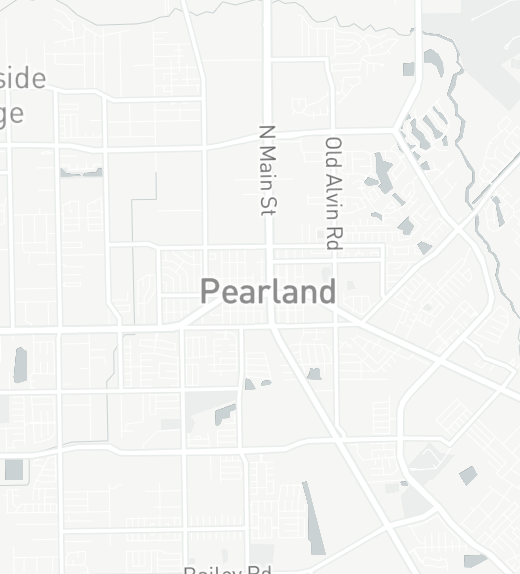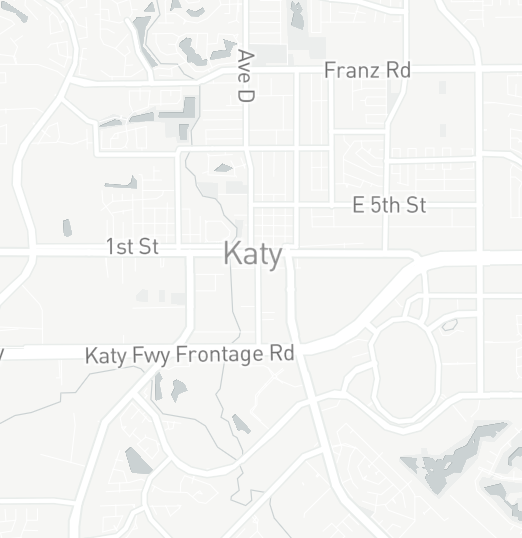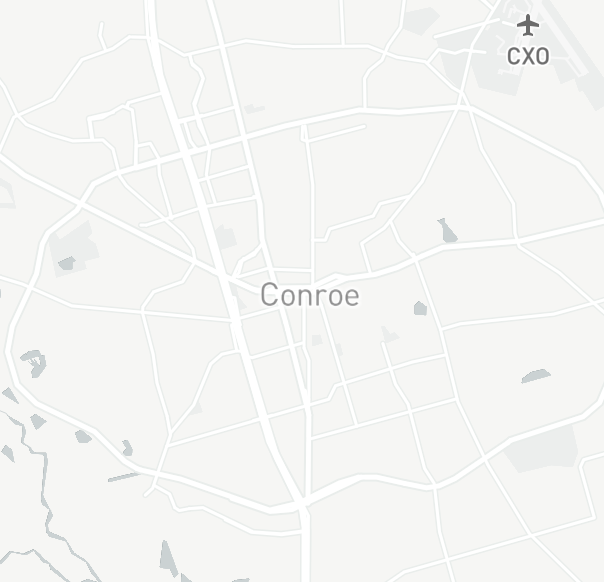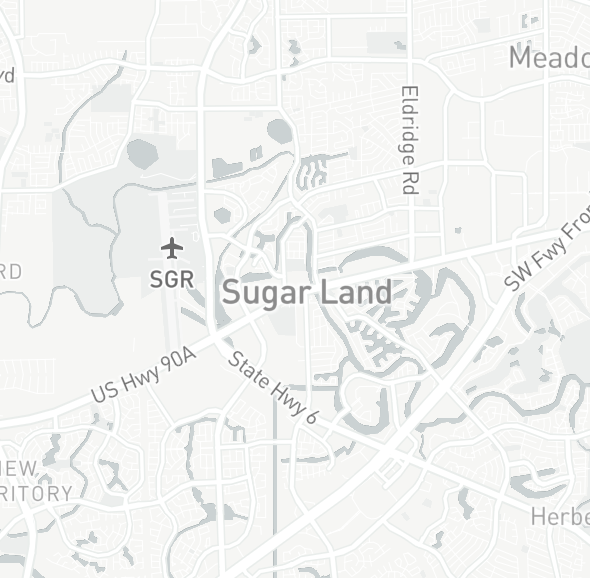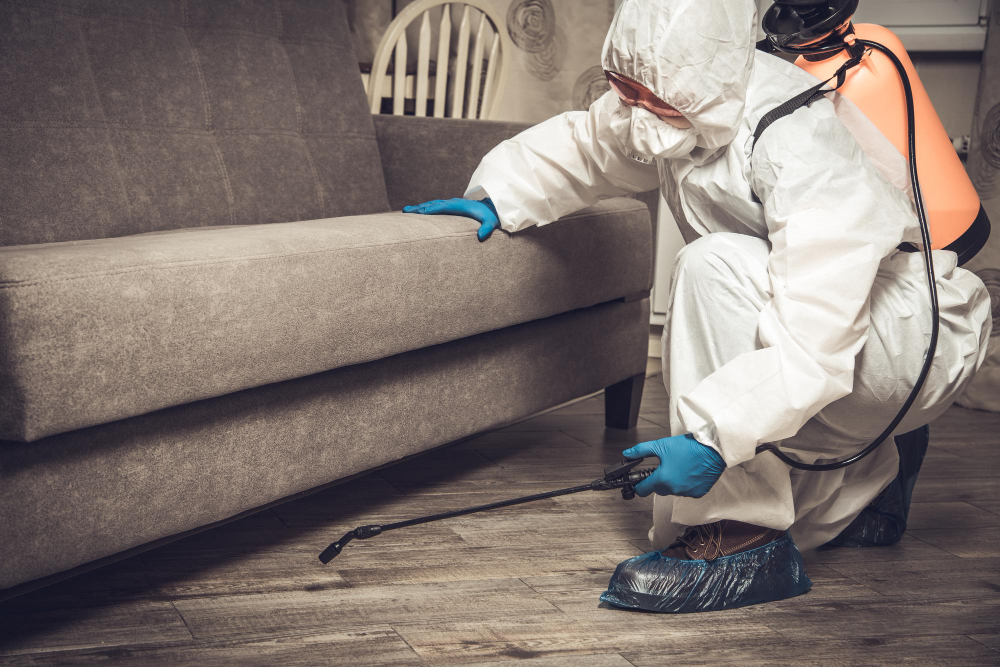When faced with a termite infestation, homeowners often wonder if a full home termite treatment is always necessary. Termite infestations can be costly to address, so understanding the factors that influence the need for full treatment is essential. This blog will explore the factors to be considered while choosing a full home termite treatment.
Factors to Consider
Several factors should be taken into account when deciding on the extent of termite treatment required for a property.
- Location and Region
The prevalence of termites varies based on geographical location and climate. Some regions have a higher risk of termite infestation than others. Understanding the termite activity in your area can help determine the necessary level of treatment.
- Severity of Infestation
The severity of the termite infestation is an important consideration. If the infestation is localized or limited to a specific area, targeted treatments may be sufficient. However, if the infestation is widespread or has been present for an extended period, a full home termite treatment might be necessary.
- Property Type and Construction
The type of property and its construction can influence the treatment approach. For example, older homes or structures with extensive wood components may require more thorough treatment. Additionally, certain construction features, such as crawl spaces or basements, can provide entry points for termites, necessitating comprehensive treatment.
Signs of Termite Infestation
It’s crucial to be able to identify signs of termite infestation to make an informed decision about the extent of treatment needed. Common signs include discarded wings, mud tubes, wood damage, the presence of swarmers, and hollowed wood. If any of these signs are present, it’s recommended to seek professional inspection and guidance.
Partial Treatment Options
In some cases, partial treatments may be suitable, depending on the extent and location of the infestation. These options include spot treatments and localized treatments.
- Spot Treatments
Spot treatments involve targeting specific areas where termite activity is identified. This approach can be effective for localized infestations, especially if detected early. Spot treatments can help contain the problem and prevent further damage.
- Localized Treatment
Localized treatment focuses on treating the specific areas affected by termites. This method may be appropriate when the infestation is confined to a particular section of the property. It aims to eliminate the termites in the affected areas and prevent their spread.
Importance of Professional Inspection
Regardless of the extent of the infestation, it is crucial to have a professional termite inspection. Pest control professionals have the expertise and knowledge to assess the severity of the infestation accurately. Their evaluation can help determine the most appropriate treatment approach, whether partial or full home treatment.
- Full Home Termite Treatment
In many cases, a full home termite treatment is recommended to ensure comprehensive eradication and long-term protection against future infestations. A few other benefits of this method are:
- Complete eradication
- Preventive measures
- Peace of mind
- Long-term protection
In Conclusion
Based on the information mentioned in the blog, you can decide whether to go for full home or partial termite treatments.
However, if you need more help, you can always consult our experts at Life After Bugs, a Houston Pest Control company. Located in Houston, Texas, we offer the best pest control services for termites and other pests. Contact us now for more assistance.






